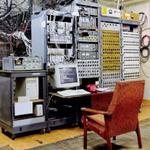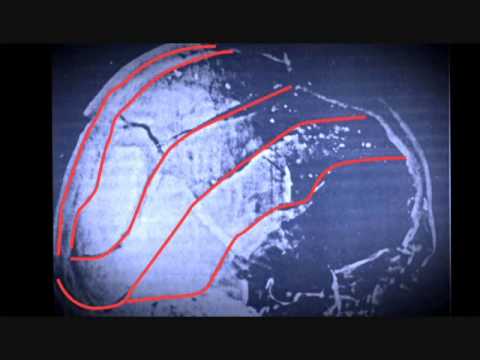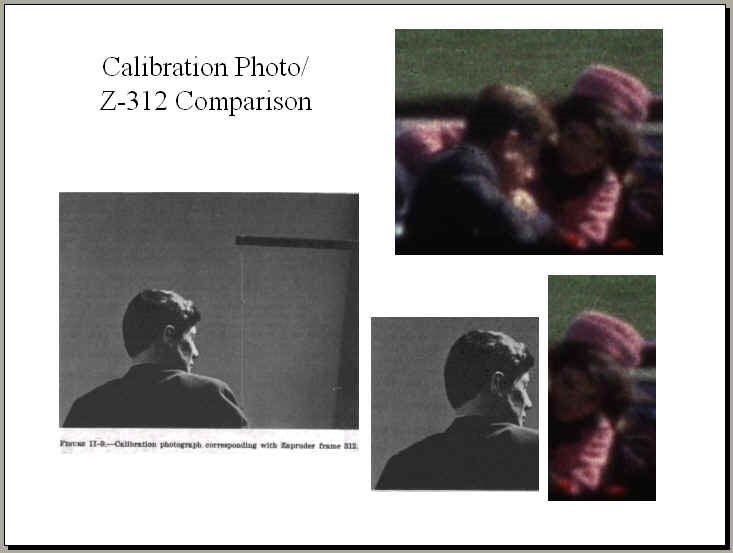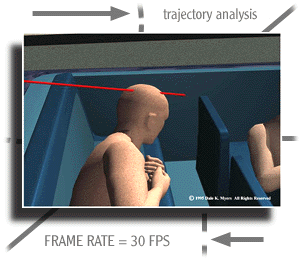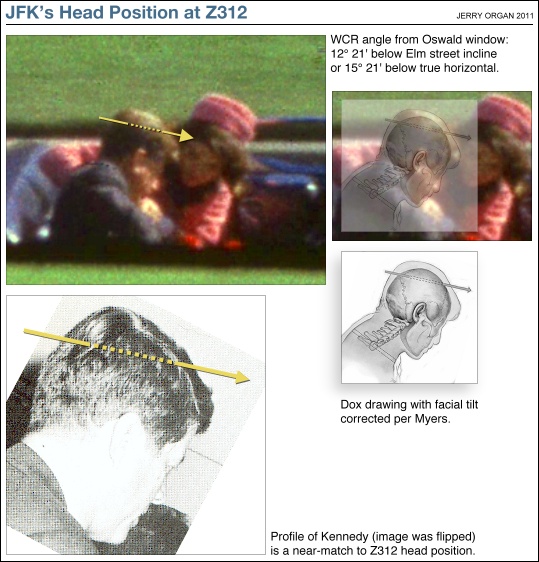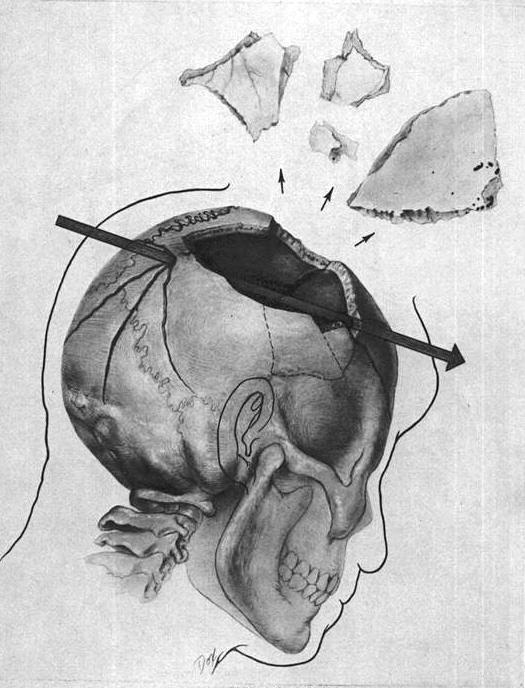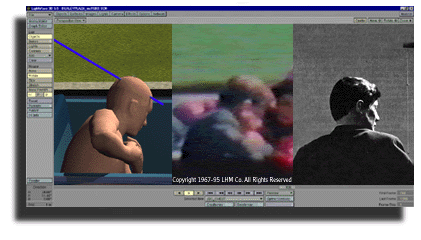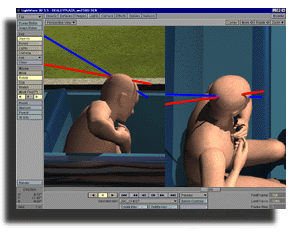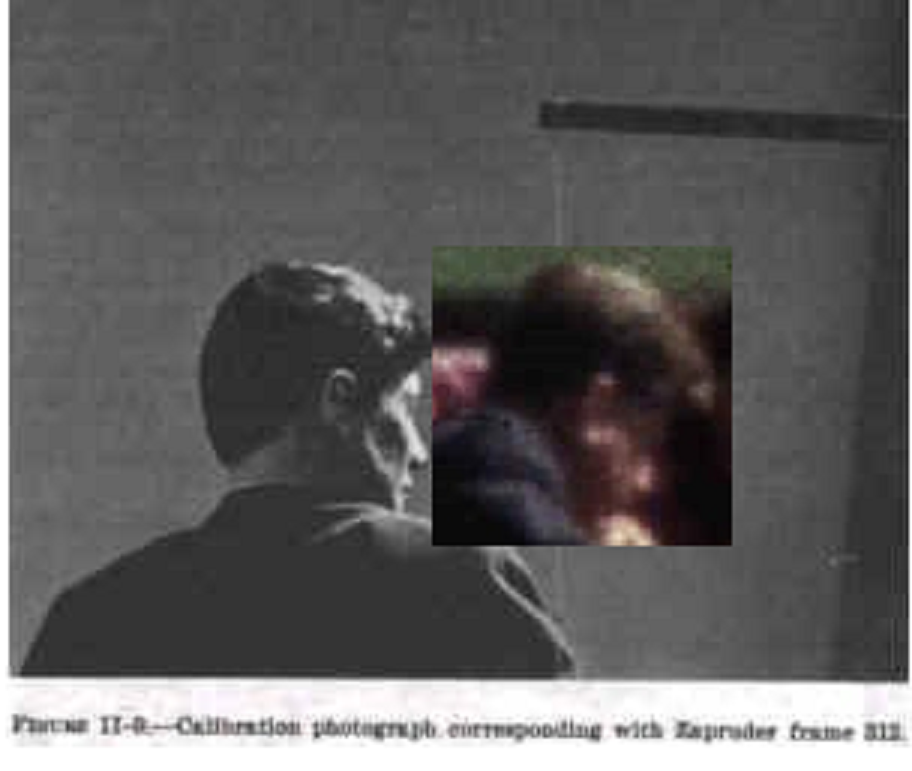@Nemon Vielleicht kannst Du damit etwas anfangen.
Ich bleibe dabei: LHO war ein Sündenbock und wenn von hinten geschossen wurde, vielleicht sogar aus dem Schulbuchlager heraus, dann wohl kaum von LHO …
Die Möglichkeit das vom Bretterzaun aus geschossen wurde ist nicht widerlegt worden.
Hier noch was zu den Widersprüchen und Ungereimtheiten des ganzen Falles und ja, ich weiss auch nicht alles aber probiere alles zu berücksichtigen und NICHTS auszuschliessen.
The medical evidence is the single most complex aspect of the JFK assassination, and is the source of many of the contradictions and ambiguities that have allowed the case to drag on for so long.
Most of these contradictions and ambiguities are due to the nature of the autopsy, which appears at first sight to have been carried out to a scandalous level of incompetence. The most fundamental aspects of the medical evidence are the nature, size and location of President Kennedy’s wounds, none of which were documented to a reasonable degree of precision.
Problems with the Medical Evidence
Contradictory Testimony from the Doctors
The doctors who treated President Kennedy in Dallas, and the pathologists who conducted the autopsy at Bethesda, were interviewed many times over the years by a variety of people with a variety of agendas. Inevitably, inconsistencies and contradictions arose in their testimony.
Photographs of President Kennedy’s Autopsy
There were problems also with the surviving photographic record of the autopsy:
The photographs, or at least those that are publicly available, fail to provide clear and unambiguous views of any of Kennedy’s wounds. In particular, they do not allow a definitive description of the wounds to the head.
The photographs do not match the recollections of the photographers and the pathologists. Both groups of participants recalled injuries that are not depicted in the existing photographs, and remembered ordering or taking photographs that appear no longer to exist.
Other Problems with the Autopsy
The photographic record is not the only element of the autopsy that has attracted suspicions of foul play:
One of the pathologists admitted under oath that he and his colleagues were ordered not to perform a dissection of the back and throat wounds, an elementary procedure that would have confirmed or denied the possibility of both wounds having been caused by one bullet.
The autopsy report was rewritten after Oswald’s murder, when it became clear that the contents of the report would not be questioned in court. Some of the contemporaneous notes upon which the revised report depends no longer exist.
Interpreting the Medical Evidence
The most comprehensive and readable overviews of the medical evidence can be found in two articles in James Fetzer, ed., Murder in Dealey Plaza:
What We Know Now That We Didn’t Know Then About The Death of JFK (Catfeet Press, 2000; ISBN 0–8126–9422–8):
Gary L. Aguilar, ‘The Converging Medical Case for Conspiracy in the Death of JFK’ (pp.175–217);
David W. Mantik, ‘Paradoxes of the JFK Assassination: The Medical Evidence Decoded’ (pp.219–297)
.
Fetzer’s collection includes some unreliable material, especially concerning the authenticity of the Zapruder film, but these two articles are credible and informative.
Harold Weisberg, Never Again (Carroll and Graf, 1995; ISBN 0–7867–0206–0), is the most reliable book–length treatment.
The most complete account of the serious problems with President Kennedy’s autopsy is in Gerald McKnight, Breach of Trust: How the Warren Commission Failed the Nation and Why (University Press of Kansas, 2005; ISBN 978–0–7006–1390–8), pp.153–180.
The most complete online resource is Gary Aguilar and Kathy Cunningham, ‘How Five Investigations into JFK’s Medical/Autopsy Evidence Got it Wrong’ at history–matters.com
.
Medical Controversy: JFK’s Head Wound
One of the medical paradoxes is the apparent contrast between the accounts of the doctors in Dallas and those at the autopsy.
The House Select Committee on Assassinations stated that, of the 26 witnesses at the autopsy who had given evidence, none agreed with the Dallas consensus of a large wound situated toward the back of President Kennedy’s head, which implied a shot from the front.

